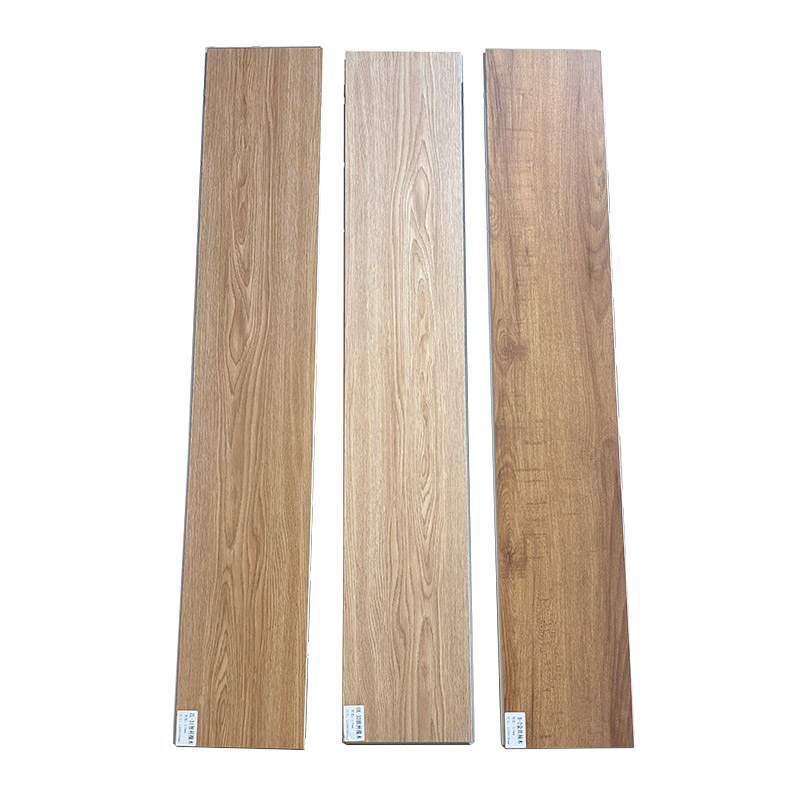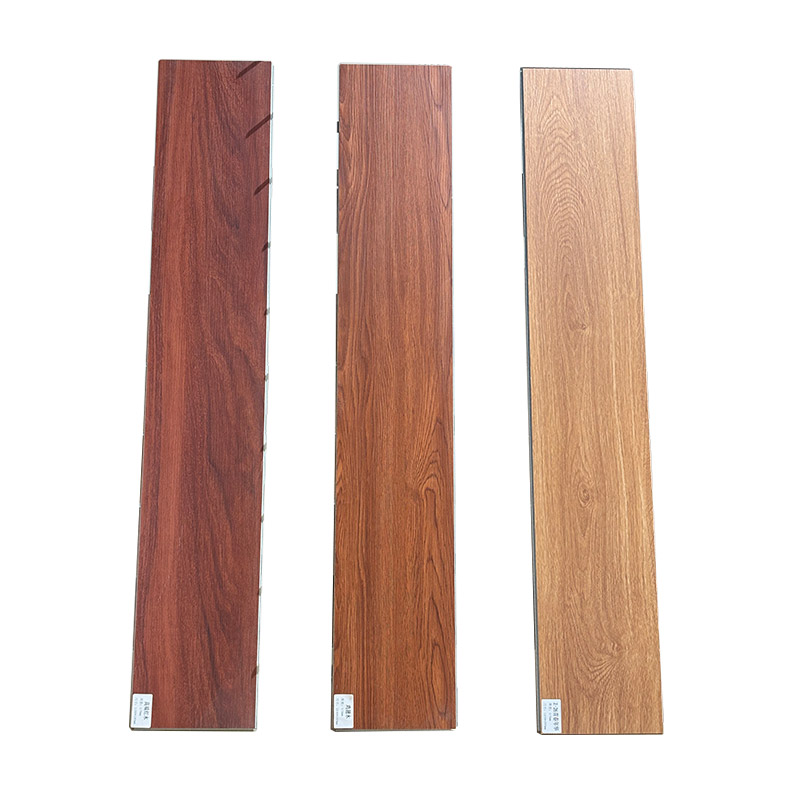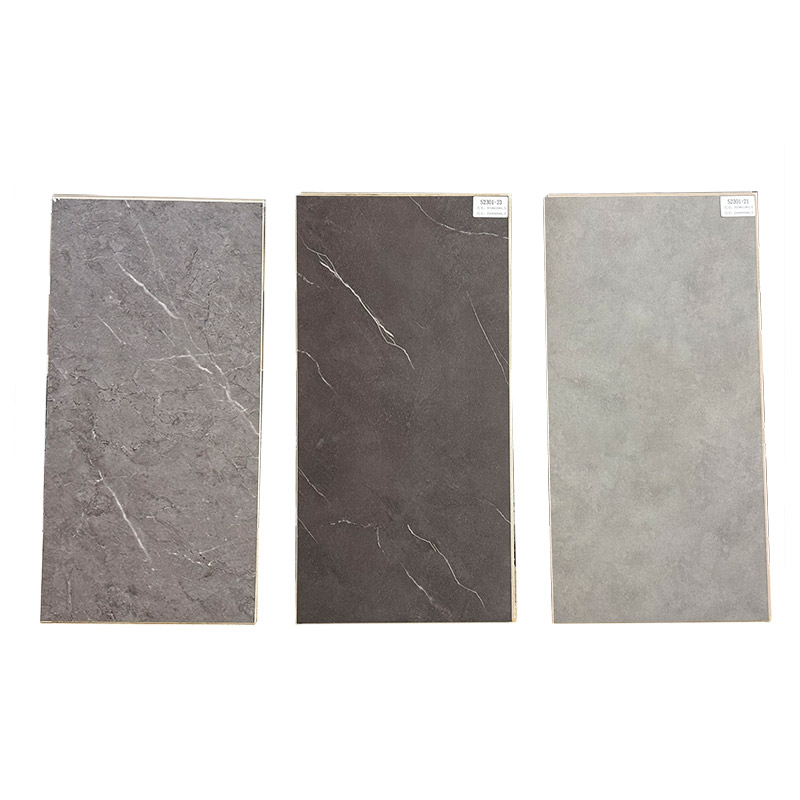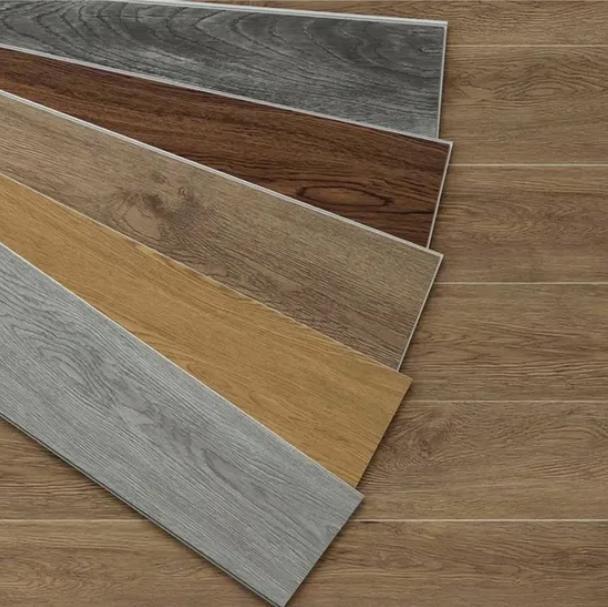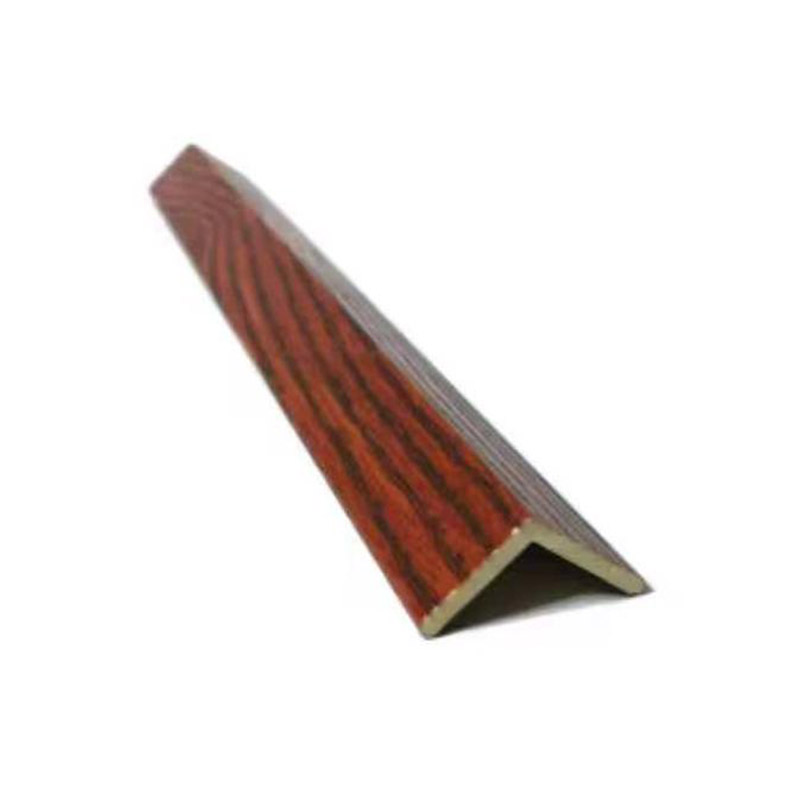SPC Flooring Pros And Cons
With the increasing demand for environmentally friendly, durable and easy-to-maintain flooring, SPC flooring has become a popular choice for homes and commercial spaces in recent years. Compared with traditional solid wood floors, laminate floors and tiles, its waterproof, stable and zero-formaldehyde properties are particularly suitable for the needs of modern homes and commercial places. However, the market has mixed opinions on SPC flooring, and consumers often have some questions when purchasing. Is SPC flooring really waterproof? Will it deform or crack after long-term use? The following article will explain the advantages and disadvantages of SPC flooring, as well as its applicable scenarios, to help you make a wiser decision.
Table of Contents
The Core Advantages Of SPC
1. Super waterproof and moisture-proof
SPC floor mainly uses natural non-absorbent materials, does not contain wood fiber, and uses a sealing process on the surface to block water penetration, so it is completely water-resistant and will not swell, mold, or deform even if soaked for a long time. It is very suitable for humid environments such as kitchens, bathrooms, and balconies, and can even be directly used in floor heating systems.
Compared with traditional floors:
Solid wood flooring: easy to swell and warp when exposed to water
Laminate flooring: The base material contains wood fiber, which will mold if it is damp for a long time
Ceramic tiles: waterproof but cold and slippery.
2. High wear resistance and impact resistance
The surface of SPC floor is usually covered with a wear-resistant layer (PVC wear-resistant layer or UV coating), the wear resistance can reach more than 10,000 revolutions (household standard), the wear resistance level can reach AC3-AC5 (commercial grade), the scratch resistance is better than laminate flooring, and it can be used at home for more than 10 years without any problems, and it is suitable for spaces with pets or high-frequency use. The elastic structure of the substrate can buffer the impact of heavy objects and reduce the damage of furniture to the floor.
In addition, the stone powder content of SPC floor is as high as 60%-80%, which makes it have extremely low thermal expansion and contraction rate. It is not easy to deform even in the floor heating environment (recommended temperature ≤60℃), and it is more stable than ordinary PVC flooring and some laminate flooring.
3. Environmentally friendly and healthy
The high-quality product uses environmentally friendly PVC and calcium carbonate, does not contain harmful substances such as formaldehyde and heavy metals, and has passed ISO certification. In addition, no glue is required during construction (lock installation), and the formaldehyde emission of SPC flooring is almost zero. It is suitable for scenes with high environmental requirements such as children’s rooms and pregnant women’s families.
4. Easy and efficient installation
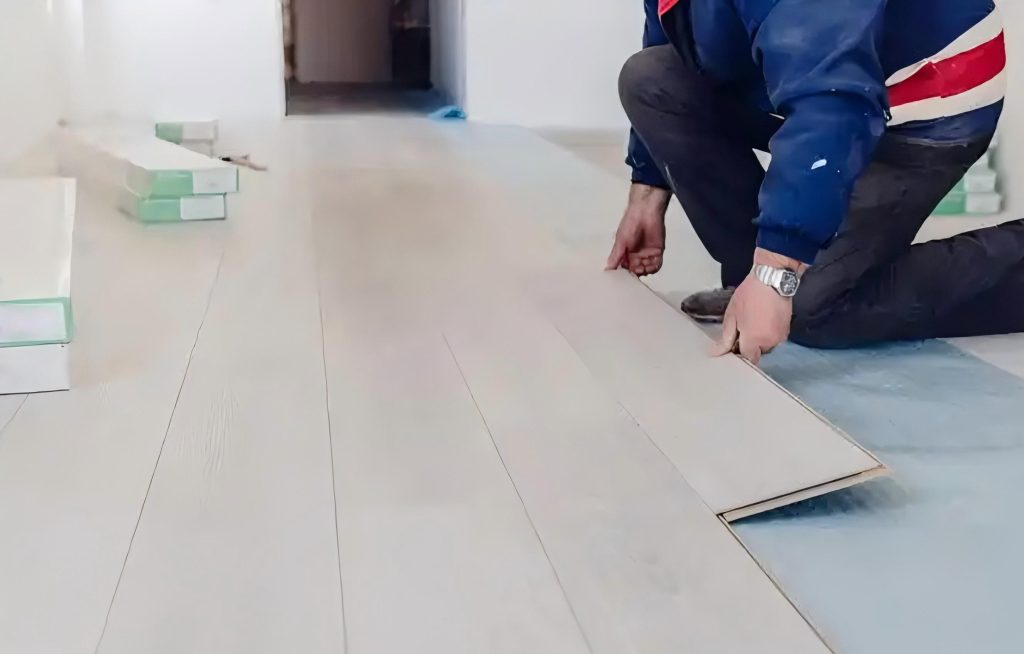
Click Lock: No professional tools or glue are required, and one person can operate it. The installation speed is more than 50% faster than traditional tiles or floors, saving labor costs. No complicated base treatment is required during laying, and it can be laid directly on a flat cement floor, tile or old floor, reducing the time for ground treatment.
5. Rich decorativeness
SPC floor uses color film layer technology to imitate wood grain, marble grain and other textures, and can provide pattern customization services, suitable for modern, Nordic, light luxury and other decoration styles. The surface texture has a strong three-dimensional sense and the visual effect is very realistic, which can meet the needs of different decoration styles.
6. Low maintenance cost
Daily cleaning can be done by wiping with a wet cloth or vacuuming, without the need for complex maintenance such as waxing and polishing. Since SPC flooring has strong stain resistance, dark stains such as coffee and soy sauce are not easy to penetrate if wiped in time.
Limitations of SPC Flooring
1. Hard feeling, average comfort
Compared with solid wood floor or cork floor, it feels harder (but better than ceramic tile), and it may feel cold when walking barefoot in winter. It is recommended to use it with floor heating. In addition, due to the high content of stone powder in SPC floor, standing on the floor for a long time may cause fatigue.
2. Joint and repair issues
The joints of the locks may hide dirt and need to be cleaned regularly; if there is local damage (such as heavy objects breaking), minor scratches can be repaired with repair wax, but deeper scratches cannot be polished. If the lock is broken, the adjacent floor usually needs to be removed and replaced as a whole, and it cannot be repaired separately.
3. High requirements for ground flatness
If the ground is uneven (such as hollow old tiles, uneven cement floors), the drop exceeds 3mm/m, abnormal noise, lock breakage and other problems may occur after laying, and self-leveling treatment is required before installation.
4. High temperature and ultraviolet rays may affect the service life
Prolonged exposure to high temperatures above 60°C (such as direct heating by electric heaters or burning by cigarette butts) may cause the surface to deform or discolor. During use, care should be taken to avoid direct contact with heat sources. In addition, direct sunlight (such as in open balconies) may cause the surface to fade. It is recommended to use it with blackout curtains.
Analysis Of Applicable Scenarios Of SPC Floor
| Recommended scenarios | Use with caution | Alternatives |
| Bathroom, kitchen (completely waterproof) | Open balcony (ultraviolet rays easily age the surface) | Anti-corrosion wood, ceramic tiles |
| Basement, laundry room (moisture-proof) | Factory workshop, warehouse (heavy object impact) | Rubber flooring, industrial flooring |
| Floor heating room (good stability) | Boiler room (high temperature environment) | Ceramic slabs, stone |
| Shopping mall, school, hospital (easy to install) | Bedroom for those who want a comfortable feel | Solid wood flooring, LVT flooring |
Special demand scenarios:
Old house renovation: no need to remove the old floor, directly cover and lay it, shortening the construction period.
Renting or short-term decoration: easy installation, can be disassembled and moved repeatedly, and will not damage the original floor.
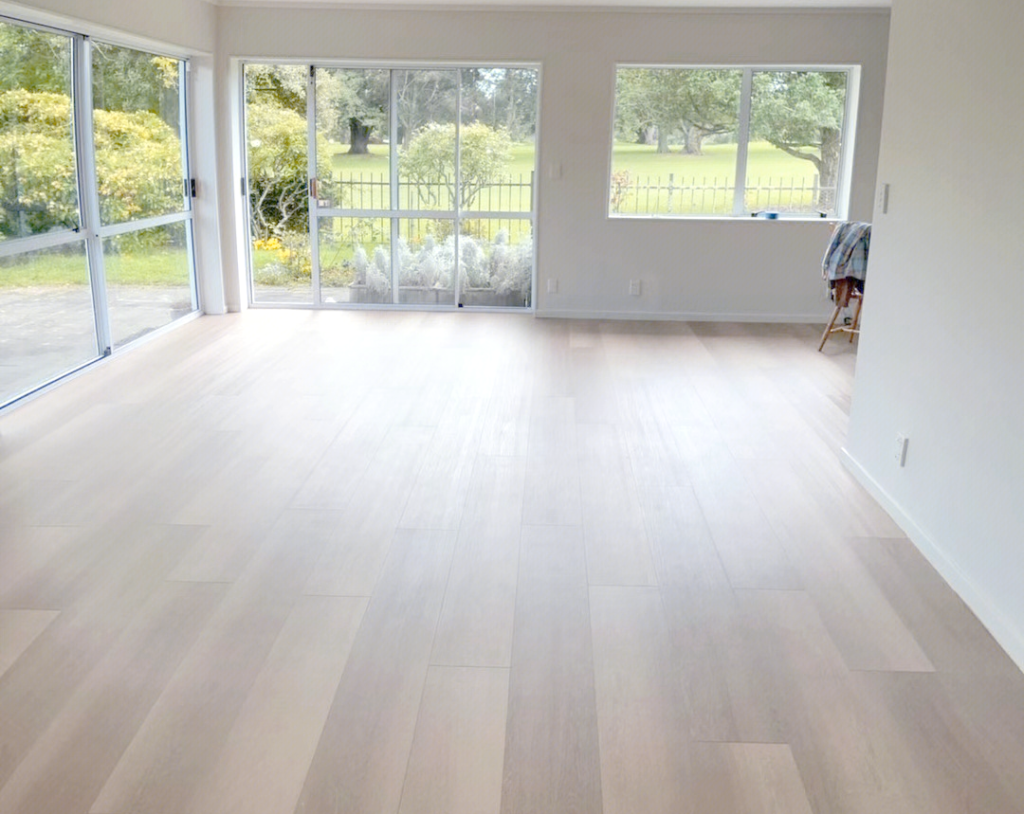
3 Tips for Buying SPC Floors
Look at the material and environmental certification
Base material: The base material of high-quality SPC floor is high-density calcium carbonate + brand-new PVC, with uniform cut surface and no impurities; inferior products may be mixed with recycled materials, gray in color, and have a pungent smell.
Certification: Give priority to products that have passed international certifications such as CE, ISO9001 (quality certification) FloorScore (formaldehyde release ≤0.05ppm).
Interpretation of key parameters
- Thickness: 4mm (economical), 5-6mm (mainstream for home use), 8mm (commercial/high-end, better foot feel)
- Number of layers: 5-layer structure (wear-resistant layer + color film layer + base layer + stabilization layer + backing layer) is preferred. The more complex the structure, the better the stability.
- Lock type: Unilin lock (more secure), ordinary lock (cost-effective)
Measure wear resistance and anti-slip performance
Wear resistance revolutions: For ordinary home use, choose wear resistance revolutions ≥4000 revolutions, and for commercial use, choose wear resistance revolutions ≥6000 revolutions (you can use a key to lightly scratch the surface for testing, and high-quality products have no obvious traces).
Anti-slip coefficient: Check the product description. The static friction coefficient COF ≥ 0.5 is a safety standard (you can pour water on the sample to test the feel of your feet).
SPC floor vs other floor comparison
| Type | Wear resistance | Waterproofness | Environmental protection | Difficulty of installation | Foot feel |
| SPC flooring | ★★★★☆ | ★★★★★ | ★★★★☆ | ★☆☆☆☆ | Hard (better than tiles) |
| Solid wood flooring | ★★★☆☆ | ★★☆☆☆ | ★★★★☆ | ★★★☆☆ | Soft and comfortable |
| Ceramic tile | ★★★★★ | ★★★★★ | ★★★★☆ | ★★★★☆ | Cold and hard |
Frequently Asked Questions (Q&A)
Q1: Can SPC flooring be used for floor heating?
✅ Yes, but you need to choose a floor heating-specific model. The recommended temperature is ≤60℃ to avoid rapid heating.
Q2: How to repair surface scratches?
Minor scratches can be repaired with wax, and deeper scratches require the entire floor to be replaced.
Q3: Why is there an abnormal sound after laying?
Possible reasons:
- The ground is uneven
- The lock is not fastened
- No expansion joints are left
Conclusion and Suggestions
SPC flooring is a modern flooring with high cost-effectiveness, waterproofness and durability, and has become a popular choice for modern decoration. If you focus on practicality and environmental protection, and can accept its foot feel and high temperature resistance limitations, SPC flooring is an ideal solution for home and commercial scenarios. However, it also has disadvantages such as hard foot feel and poor impact resistance. When purchasing, you should weigh it according to your actual needs. When purchasing, be sure to identify regular brands, pass the material, certification, and performance tests to ensure long-term worry-free use.

